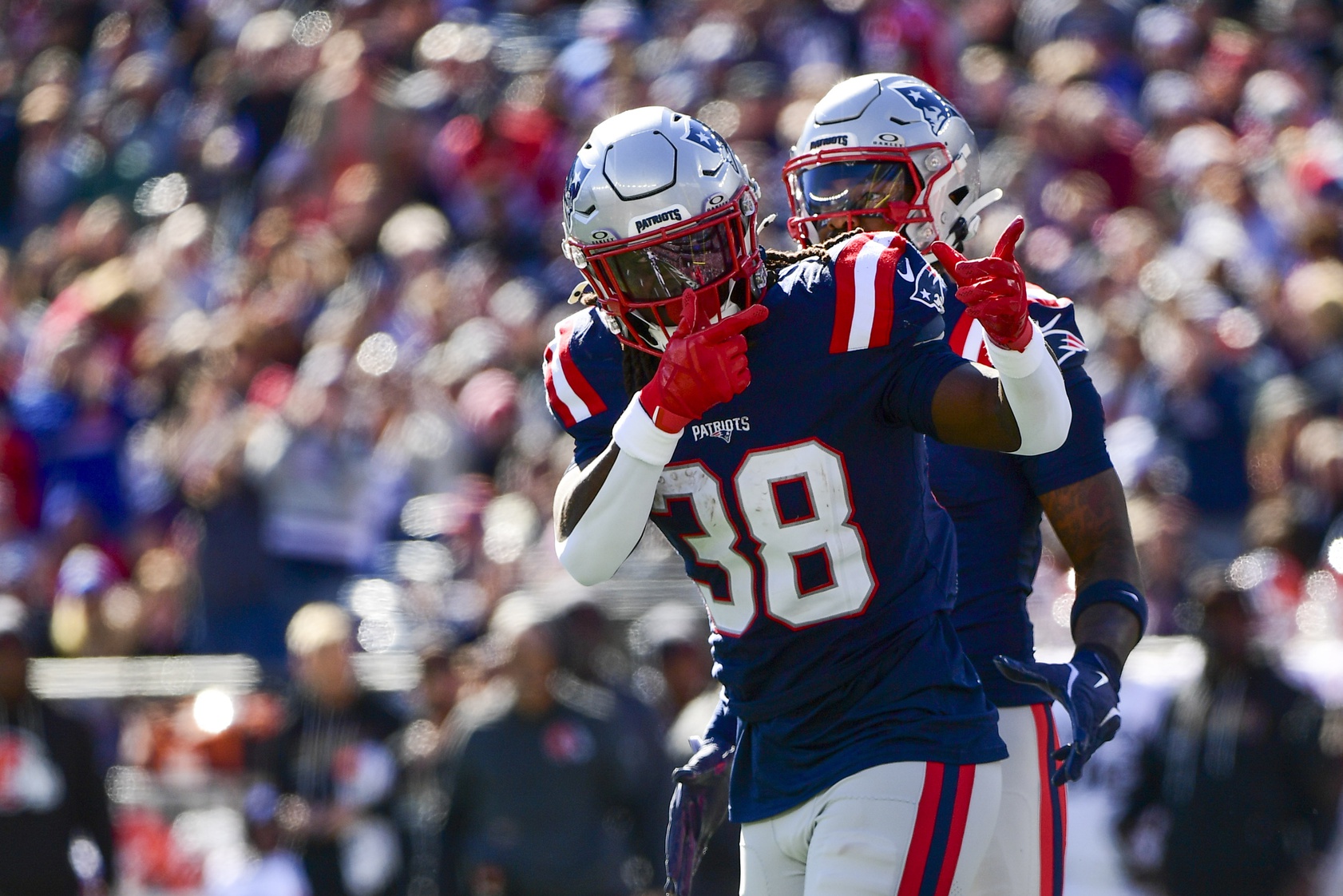Rhamondre Stevenson has spent most of the year as the starting running back for the New England Patriots. However, the team needed to make changes for the team’s Week 9 matchup against the Atlanta Falcons. Stevenson missed the game with a toe injury, and now his status is unclear heading into Week 10.
What Happened to Rhamondre Stevenson?
Rhamondre Stevenson did not appear to hurt himself in a game. In his last appearance against Cleveland on Oct. 26, he had 14 carries for 34 yards. However, last week he appeared on the injury report, missing practice all week with a toe injury. He was eventually ruled out of Sunday’s game against Atlanta.
Coach Vrabel rules RB Rhamondre Stevenson OUT for #ATLvsNE. pic.twitter.com/kXuMyr61vl
— New England Patriots (@Patriots) October 31, 2025
Is Rhamondre Stevenson Playing This Week?
There has not been an official update on Rhamondre Stevenson since last week. He is still listed as questionable on the injury report. There has not been an indication that he is slated to return this week, but that does not necessarily mean that he will not be available. His status will become clearer as the week plays out based on his availability at practice. The Patriots play the Tampa Bay Buccaneers on Sunday.
Rhamondre Stevenson Fantasy Outlook
If he is available, the fantasy outlook for Rhamondre Stevenson is good. He has been good for the Patriots this season, albeit a little inconsistent. However, despite his inconsistencies, he has gotten the majority of the snap share among New England running backs. As a result, if he is in the lineup, he should get plenty of usage and will be a strong fantasy option as a result.
However, there is concern that an update on Rhamondre Stevenson has not been provided. As a result, there is a possibility that the injury could keep him out long-term, which would not be good for fantasy owners.
Fantasy Replacements If Rhamondre Stevenson Misses Week 10
If Rhamondre Stevenson is not available on Sunday, there should still be some good replacement options on your league’s waiver wire. Arizona’s Emari Demercado is a solid pickup if Trey Benson does not return. Alternatively, you could pick up Giants RB Devin Singletary, who will get more snaps because of Cam Skattebo’s injury.
Read More:
Week 10 RB Waiver Wire Pickups: Best Running Backs To Add for Fantasy Football Ft. Tank Bigsby
100 Best Fantasy Football Team Names for 2025: Funny, Creative, and Clever Picks
College Sports Network has you covered with the latest news, analysis, insights, and trending stories in football, basketball, and more!

